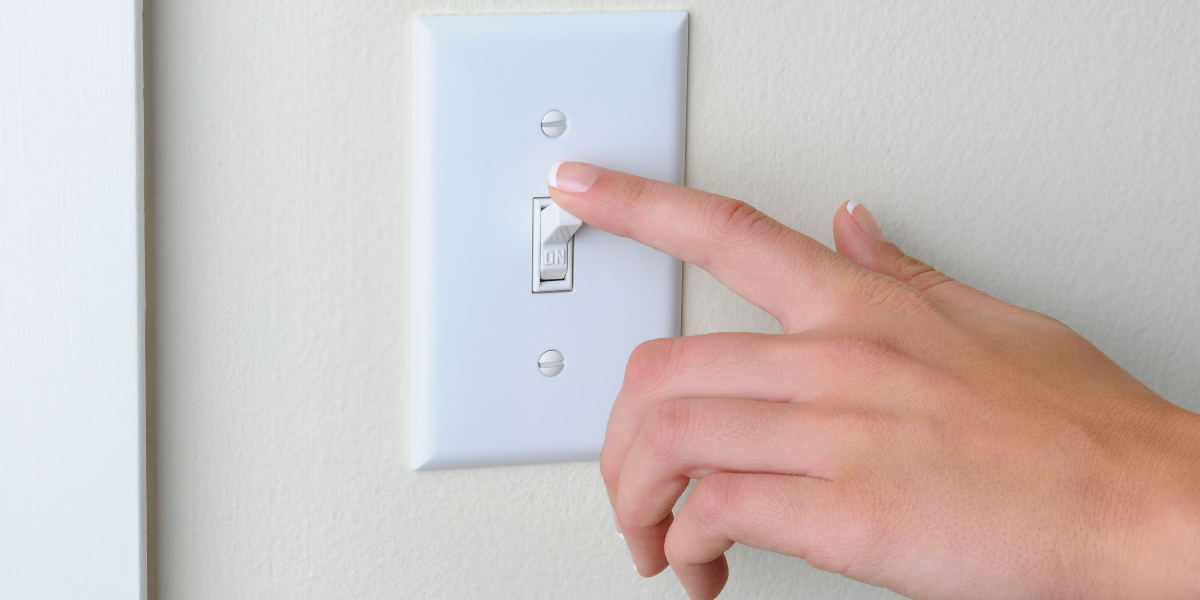Budget Breakdown: A Look at House and Senate Energy Efficiency Appropriations
Let's Save Energy
Alliance to Save Energy's Blog
Budget Breakdown: A Look at House and Senate Energy Efficiency Appropriations

In June, both the House and Senate Committees on Appropriations developed and released their own recommendations for the FY2015 federal budget. Among other focus areas, the Energy and Water Development Subcommittees in both chambers have the authority to determine the budget for the Department of Energy (DOE), which includes the majority of the provisions relating to energy efficiency through the Office of Energy Efficiency and Renewable Energy (EERE).
The House and Senate versions differ greatly and it is important to highlight some of the more significant differences. A chart outlining the FY2015 energy efficiency funding recommendations of each chamber compared to the President’s request and FY2014 funding levels can be found here .
House
The funding request for EERE would have increased the budget for that office by over $400 million compared to FY2014 levels. Unfortunately, the House recommendations fall more than $500 million short of that request and would actually reduce the enacted funding from FY2014 by over $100 million.[1] Upon closer review, however, energy efficiency funding under the House bill would remain relatively constant. In fact, the programs within EERE that focus specifically on energy efficiency would see an aggregate increase of 2% over FY2014 levels.
Funding
There are several areas where the House subcommittee recommended funding levels that are significantly lower than what was enacted for FY2014.
- Within Building Technologies, funding for Equipment and Buildings Standards would be reduced by 28%.
- Funding for the Federal Energy Management Program (FEMP) would be reduced by 29%.
- Some areas would actually see an increase from FY2014.
- Advanced Manufacturing, as a whole, would receive a 14% increase with Industrial Technical Assistance receiving a 30% boost.
- The Weatherization Assistance Program (WAP) would also see its funding increased by 15%
Specific Language
- Within the section on funding for Building Technologies a paragraph was included that states that DOE is “directed not to advocate, promote or discourage the adoption or inclusion of a particular building energy code or provision, other than technical and economic analysis work, or provide funding to third parties or NGOs that engage in this type of advocacy.”
- Under the Energy Independence and Security Act (EISA) of 2007 authority for energy efficiency standards for manufactured housing was assigned to DOE, but these standards have been administered by the Department of Housing and Urban Development (HUD). The House bill advises the two departments to work together on this issue to insure that all standards account for upfront and lifecycle costs.
Amendments
Several amendments were included with the House version of the appropriations bill that have implications for energy efficiency.
- An amendment introduced by Rep. Noem (R-SD) would increase funding for the Bureau of Reclamation and offset the increase through a reduction in funding of $10 million for the DOE Office of Energy Efficiency and Renewable Energy (EERE). However, an amendment offered by Rep. Bonamici (D-OR) would increase EERE funding by $9 million.
- The amendment introduced by Rep. Burgess (R-TX) to prohibit funding for DOE to implement or enforce the light bulb standards as required by EISA has again been included.
- An amendment from Rep. Walberg (R-MI) would prohibit funding for a national media campaign on green technologies.
- An amendment introduced by Rep. Gosar (R-AZ) prohibits funding for the Bureau of Reclamation grants for high-efficiency or indoor water-efficient toilets.
- Rep. Dent (R-PA) introduced an amendment that would prohibit DOE from using any funding appropriated under the bill to implement or enforce a proposed rule on ceiling fans and ceiling fan light kits.
Senate
In general, the Senate recommendations are much more favorable for EERE. While they do fall short of the President’s request by about $250 million, the Senate bill would increase FY2015 funding by approximately $170 million over the FY2014 enacted level. For the same EERE programs referred to earlier in the previous section the recommendations would lead to a 13% increase in FY2015 funding compared to FY2014.
Funding
Similar to the House recommendations, the Senate has recommended a significant reduction in funding for one program for FY2015 compared to the FY2014 enacted level.
- The Building Technologies program has been recommended a funding level that is virtually the same what was enacted in FY2014, but the funding for Residential Buildings Integration would be reduced by 59%.
There are also areas that would receive a large increase in funding based on the Senate committee’s recommendation.
- Advanced Manufacturing funding would be increased by 28%. Unlike the House recommendation this value was not broken down to specify the funding for individual programs.
- The weatherization assistance program would receive an increase in funding of 31%.
- Smart Grid R&D funding would also see an increase of 67%.
Specific Language
- The Senate recommendations include language that originates from the Government Accountability Office (GAO) on the potential for overlap and duplication among programs that are dedicated to increasing the energy efficiency of buildings and products. The DOE is directed to address this issue by completing a report on all energy efficiency programs to eliminate or consolidate existing programs.
- The GAO also identified that there is no coordinating council for energy efficiency programs in non-Federal buildings, as there is one for programs for Federal buildings, and the Committee directs that the DOE should update existing coordinating bodies to include amend this oversight.
The Alliance to Save Energy has consistently fought for robust funding for energy efficiency programs across the federal government. We recognize the significant challenges facing the federal government to reduce spending and spur economic growth, yet we strongly believe that failing to fund EERE energy efficiency investments at these levels would undermine our national economic, environmental and security interests. These programs have resulted in exceptional value for American consumers and businesses as a source of savings that are spent in other economic sectors, yielding benefits far beyond their nominal outlays.
Energy efficiency is our nation’s most abundant energy source. Without economy-wide improvements in energy efficiency made since 1973, it is estimated that today's economy would require 60% more energy than we use now. Furthermore, those improvements produced energy savings in 2012 that exceeded the combined energy produced by conventional sources like oil, natural gas and coal. The energy productivity of the U.S. economy — the amount of gross domestic product (in inflation adjusted dollars) per unit of energy consumed — has increased by 50% over the past three decades. The economic productivity improvements over this period reduced our national energy bill by about $700 billion.
Energy efficiency offers solutions that drive the U.S. economy by creating jobs and saving energy. Energy efficiency investments also lessen dependence on imported energy sources, reduce pollution and its health and environmental impacts, improve America’s global competitiveness, and alleviate stress to the electric grid and water infrastructure. We continue to urge Congress to provide robust funding for energy efficiency programs in FY2015.
RECENT BLOG POSTS
STAY EMPOWERED
Help the Alliance advocate for policies to use energy more efficiently – supporting job creation, reduced emissions, and lower costs. Contact your member of Congress.
Energy efficiency is smart, nonpartisan, and practical. So are we. Our strength comes from an unparalleled group of Alliance Associates working collaboratively under the Alliance umbrella to pave the way for energy efficiency gains.
The power of efficiency is in your hands. Supporting the Alliance means supporting a vision for using energy more productively to achieve economic growth, a cleaner environment, and greater energy security, affordability, and reliability.



